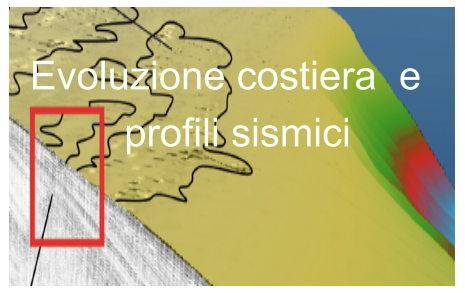Evoluzione costiera e profili sismici ad alta risoluzione
j F Y in Senza categoria
Publicato sulla rivista Geosciences l’articolo:
Martina Misuraca, Francesca Budillon, Renato Tonielli, Gabriella Di Martino, Sara Innangi and Luciana Ferraro
Geosciences 2018, 8, 121; doi:10.3390/geosciences8040121 www.mdpi.com/journal/geosciences
A closely spaced set of high-resolution Chirp-Sonar and Sparker profiles and swath bathymetric data was acquired in 2013 for the I-AMICA Project off the Volturno River mouth (Southern Tyrrhenian Sea) by the Istituto per l’Ambiente Marino Costiero (IAMC), National Research Council of Italy (CNR). The palaeo-topography of three key surfaces, represented by the bounding surfaces of the post-glacial lithosomes, was mapped by the interpolation of seismically detected reflectors.
The morphology of the surface related to the Last Glacial Maximum (LGM) regression revealed the presence of fault linkages which defined a small-scale accommodation zone with an E–W trending interbasinal relative high. The observed set of oppositely dipping faults, NNWand ENE-directed, locally controlled the deposition of the paralic/deltaic bodies during the post-glacial rise in sea level, as testified by their wedge-shaped geometries and shifting depocentres.
The deformation may be linked to the Campi Flegrei caldera collapse following the Neapolitan Yellow Tuff (NYT) eruption and aged 15 ka BP. The relevant thickness of the Transgressive System Tract (TST) testifies to an increased sediment yield and intense reworking in coastal areas, probably driven by the high volcanoclastic supply during volcanic paroxysm, almost coeval with the post-glacial transgression. Fluid escape features linked to an E–W striking fluid front at the outer shelf suggest the presence of an hydrothermal system controlled by the predominant direction of normal to oblique Quaternary-active faults and by lithologic discontinuities across the sedimentary pile.







